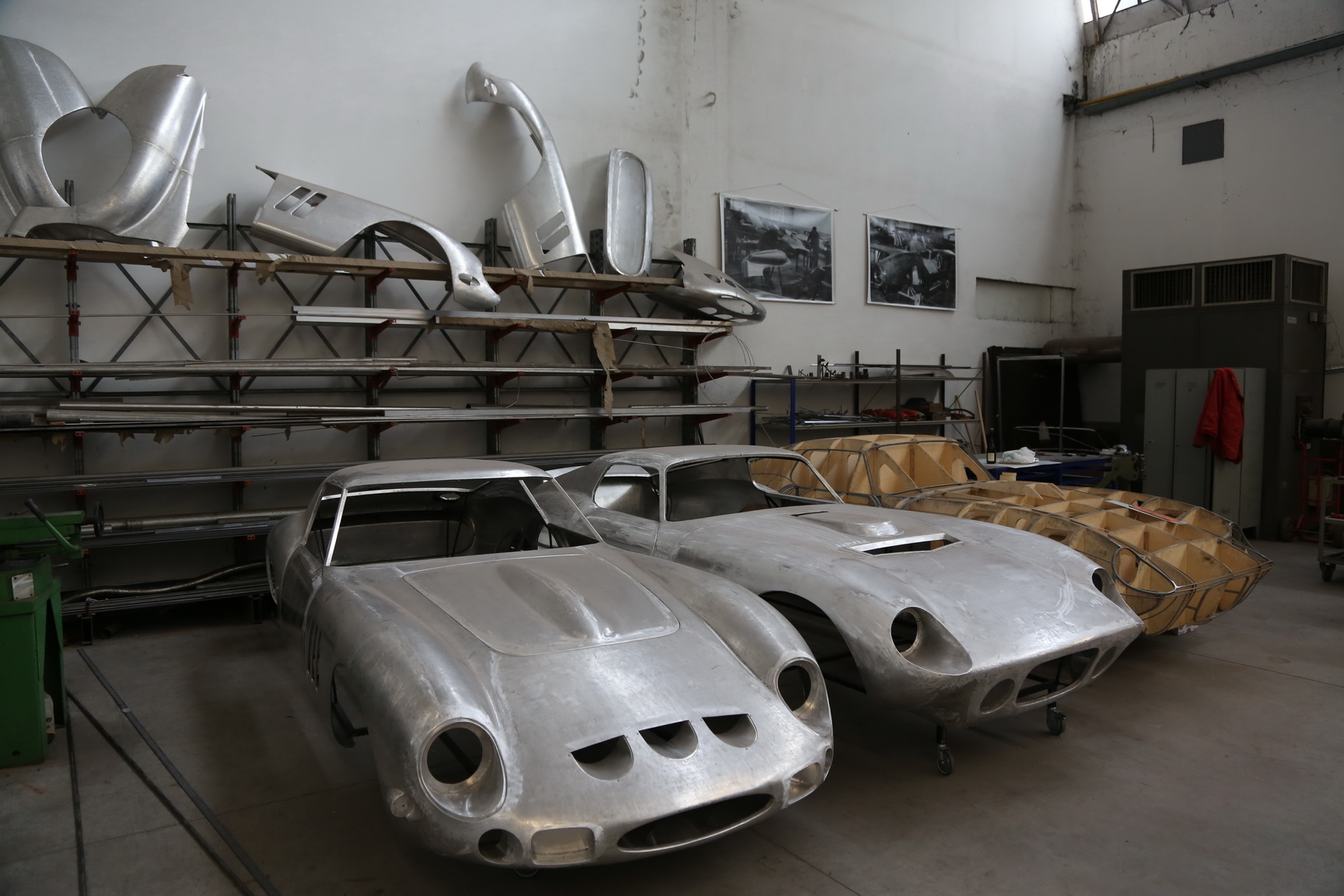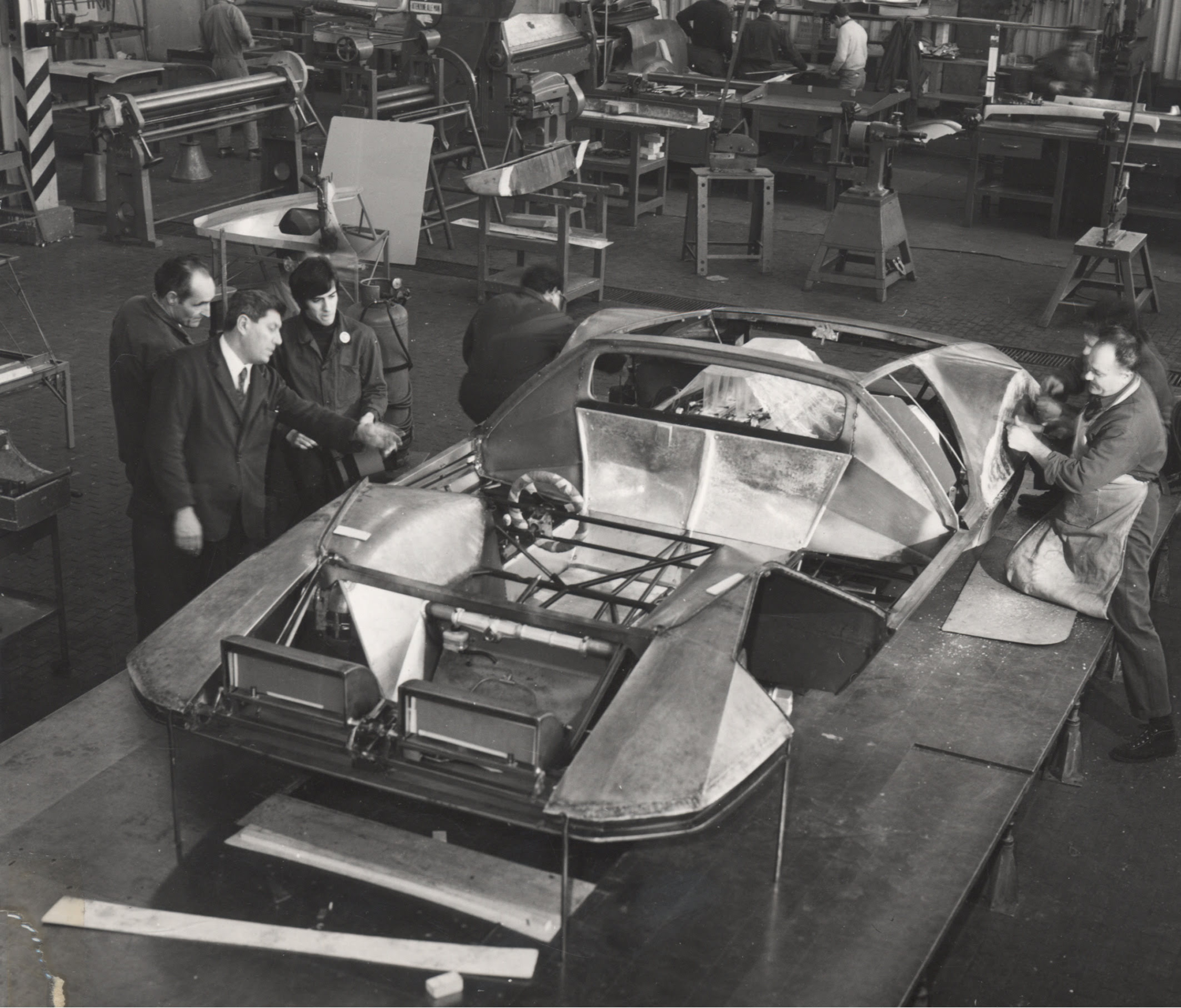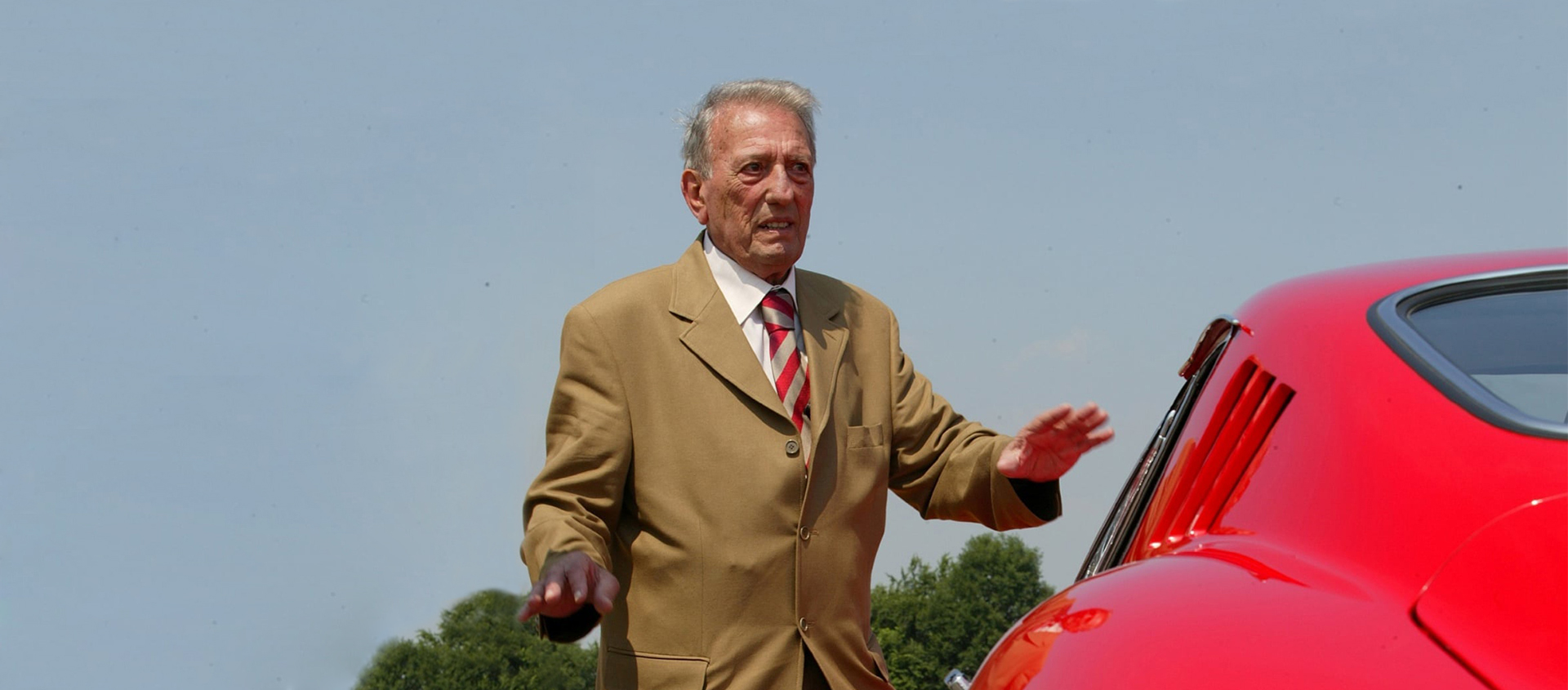Sculptors of speed. Those wire artists
30 September 2023 2 min read 3 images

Photo credit: Nanette Schärf
Some things come to an end, some fade into obscurity, and others leave us with a sense of nostalgia. Then there are those that must not be forgotten, for the significant role they played in our history.
Register to unlock this article
Signing up is free and gives you access to hundreds of articles and additional benefits. See what’s included in your free membership. See what's included in your free membership.
Already have an account? Log In

